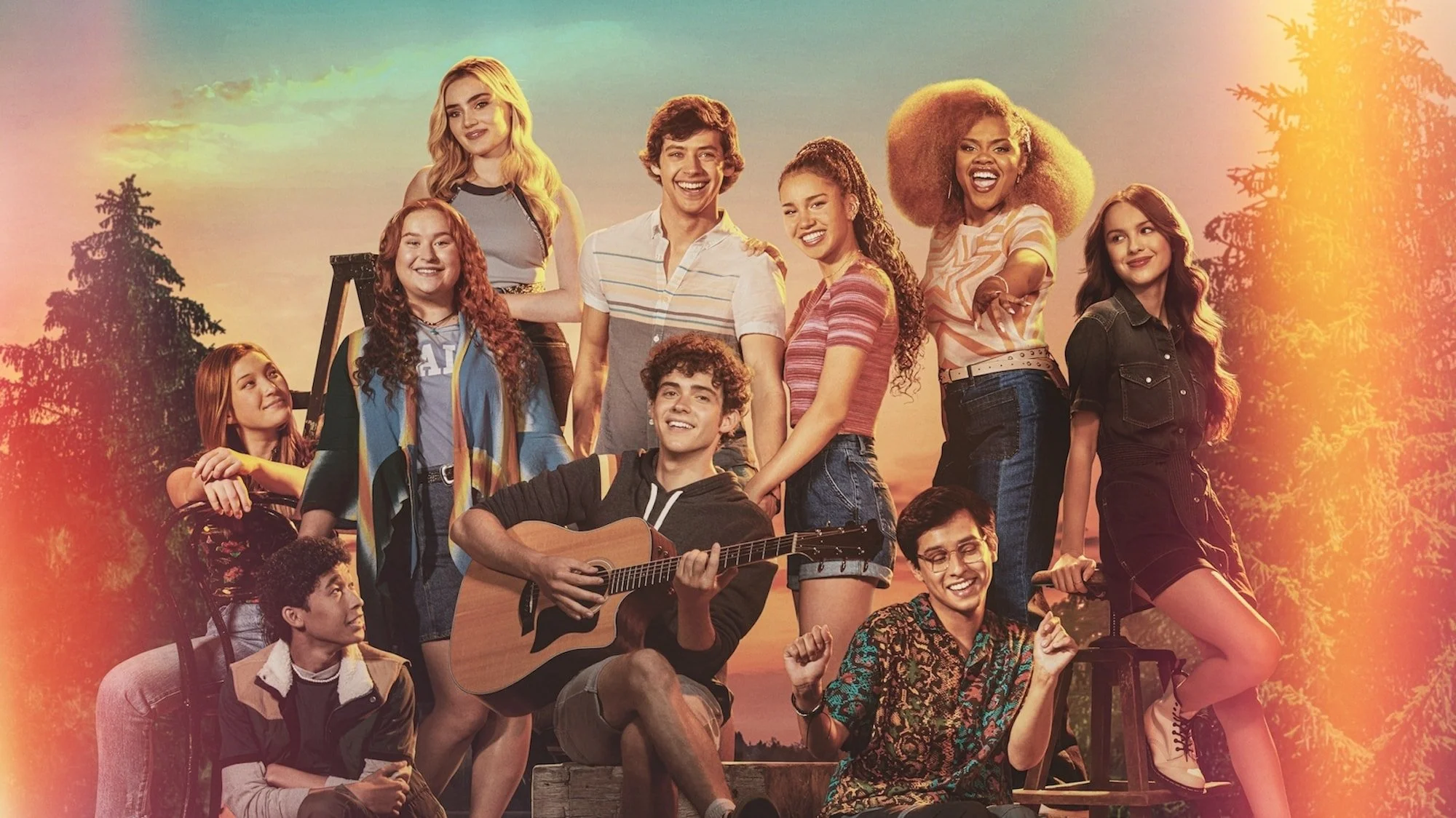Live Music: Just One Thread of the Fabric Connecting People
The rise of virtual events, audio streaming and platforms like Twitch, TikTok and Peloton, suggest more and more avenues by which music facilitates the creation of community. While live music took a massive hit during the pandemic, these new music communities are more powerful than ever before.
Empty arenas filled only with the eerie hum of an echo are emblematic of the pandemic’s impact on live music. It’s been over a year since I’ve piled on top of my Gen-Z family to carelessly dance to our favorite songs, yet the community created by the assembling of people to enjoy and revel in music has not faltered. While 2020 was projected to have a 75% drop in live music revenue, live music is just one thread of the fabric that connects people musically.
As necessitated by social distancing policies, we held onto new threads. We have brought concerts into our homes, assembling at our computer screens to attend virtual events. What was initially thought of as an alternative to live concerts has become a mainstay. Even as live events resume, 74% of fans will reportedly continue to join virtually, and as such, so will artists, following in the footsteps of Laura Marling, who hosted one of the first ticketed virtual concerts of the pandemic. While I may not be as engaged in a virtual concert as I am when belting along to the soundtrack of my childhood in-person, these events offer us flexible and intimate environments to share musical experiences with others.
Novel media through which people participate in these experiences has also become increasingly popular. Take Twitch for example, which has amassed over 1.5 million average concurrent viewers since 2019. In addition to hosting virtual music events, the platform has a feature which allows all types of streamers to play music live. Whether they’re attending a virtual concert or another live stream, users are able to consume music alongside others with similar taste in content.
TikTok experienced a 180% growth among 15 to 25-year-old users after the pandemic broke out. TikTokers obsess over creating and replicating dances to popular songs or “dueting” their favorite creators. Music is at the very heart of TikTok’s content creation, thereby creating a community of users who learn dances together or chat about songs in the comments sections.
At-home fitness has also exploded in recent months, with users working out to mixtapes created by their favorite instructors or even taking single artist-focused classes. On Peloton, for example, riders can filter classes based on music type and preview playlists beforehand. Boasting over one million connected subscribers and two million members, Peloton uses music to motivate a cohort of virtual riders.
Beyond the realm of what is considered strictly music, video games are now including more and more music. More users play video games that have social components, such as pandemic hit Animal Crossing: New Horizons, and the presence of music contributes to an overall positive experience. Through these games and platforms like Twitch, TikTok, and Peloton, music is constantly permeating our lives, creating subsets of communities within the larger body of listeners.
Over 2020, streaming revenues rose by over 13%. This increase over the last year maintains that the number of overall listeners consuming music has also grown. Within this, Spotify kept its position as the top streaming platform, while video streaming has also become more popular. Both the algorithm-curated playlists on Spotify and the ongoing looping of tracks on video streaming platforms like YouTube expose listeners to music beyond their own libraries, resulting in consumption of a wider variety of music. As the pool of music listeners becomes larger and listeners are introduced to more diverse music, it becomes easier for individuals to find others with similar preferences.
The demographic of listeners has also become increasingly more inclusive. Lockdown accelerated the rate at which people who were previously unfamiliar with streaming technologies have adopted these services. Whether that be subscribing to Spotify or acquiring an Amazon Alexa, older individuals have become more tech-savvy. This is both a function of having time on one’s hands and trying to compensate for social distancing rules which heightened loneliness and boredom. These technologies increase the ease of music consumption, encouraging a new demographic to join the community of obsessive listeners.
Furthermore, catalog music has seen a rise in popularity . Across the board, listeners are playing older, feel-good tracks, which has helped to close generational taste gaps. With more older people consuming music, and more young people listening to older songs, the community has become intergenerational.
We all miss live music. There is something special about swaying alongside thousands captured by the beat of the same sound. That being said, the pandemic did not rob us of the communities music builds. During the pandemic, each innovation became a new thread of the live music tapestry, enabling our music communities to become larger and more intimate. Thankfully, we didn’t lose a year of populating the soundtrack of our lives, and the return of live music will be like nothing before.










